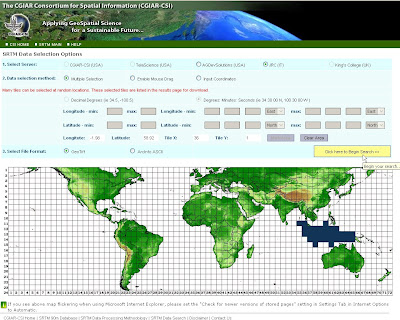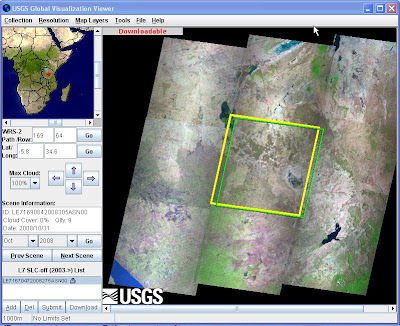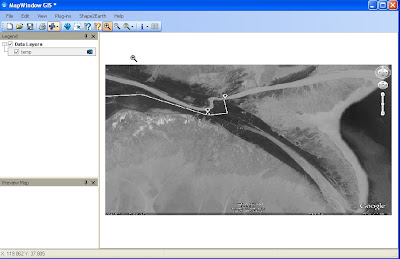Google has launched Google Maps Malaysia. The site includes street level data and directory listings, but not Street View. The map data has been supplied by AND Navigation, Europa Technologies, MapIT and Tele Atlas.
Derek Callow, Google's Southeast Asia head of marketing, told ZDNet Asia that the new product would let local companies add any information they choose for free. This information is not available on the international version of the site.
Speaking at the launch, Callow said the web site would help local companies list themselves on an online directory.
Google will also provide its Maps API (application programming interface), a free Javascript-based or Flash-based toolkit that enables Google Maps to be embedded in third-party sites. The embedded map is fully interactive and can be customised with location icons, photos and windows to provide all relevant information.
Google is using data from property portal iProperty, Tourism Malaysia, local lifestyle magazine KLue, and business directory listings provider Super Pages to provide its business data.
Google Maps Malaysia is also available on a variety of mobile phone platforms. To date, Google has launched localised versions of its Google Maps in Australia, New Zealand, Hong Kong, Thailand, India, Japan and Korea. Maps of Singapore are in the pipeline, but company officials did not reveal the timeline for this.
The search giant also launched Google Map Maker in the Philippines last October. The application allows users to contribute local content such as names of streets and establishments, which is later integrated with Google Maps.





